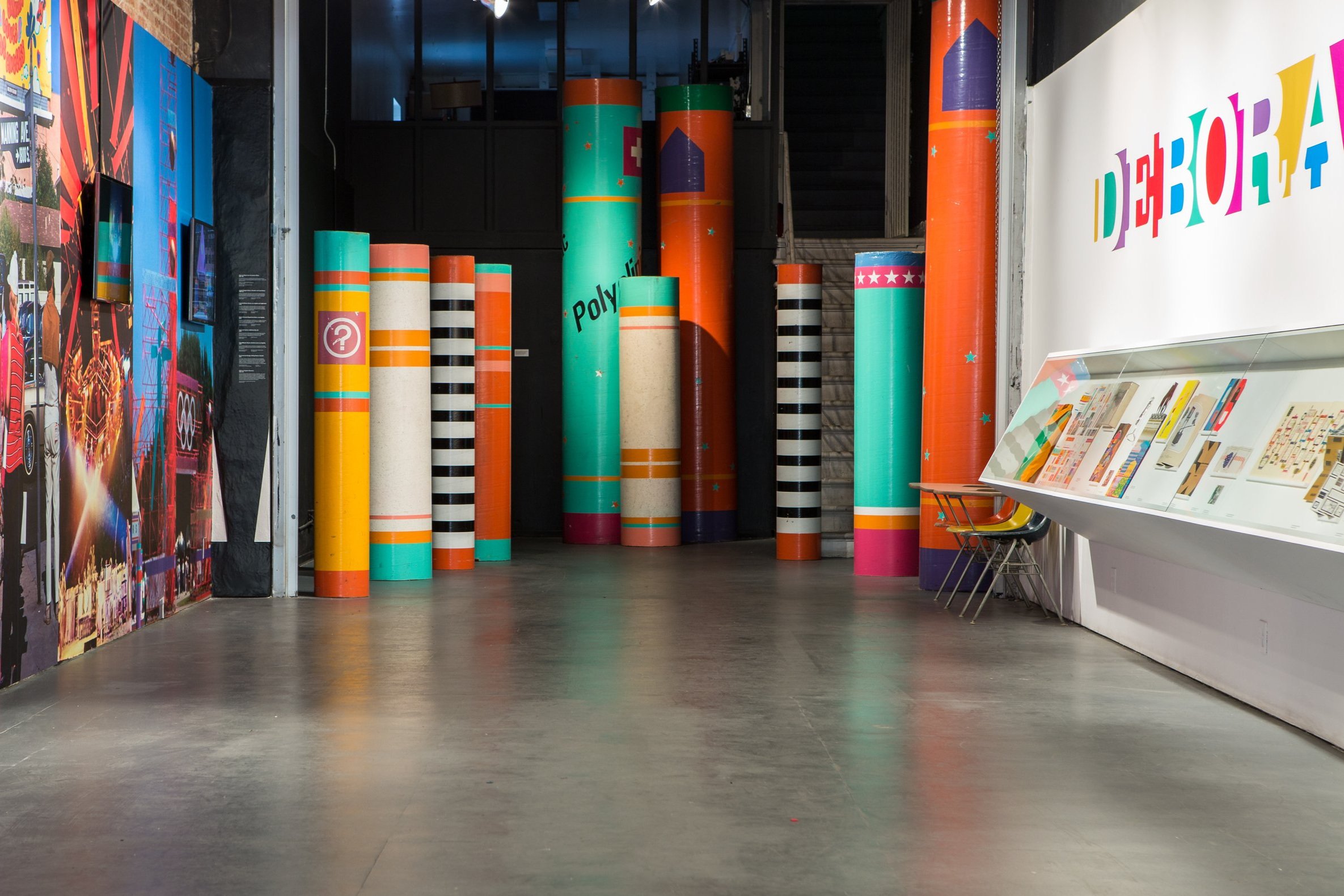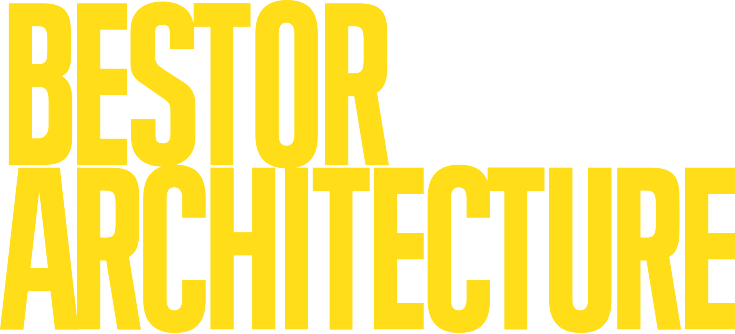
deborah sussman loves la
2013
Exhibit at WUHO
As a graphic designer, Deborah Sussman is perhaps even more disconnected from her work in terms of recognition and credit than the adjacent fields with which she so often collaborates, foremost among them, architecture. And yet, it is unlikely that Los Angeles, and by extension, the postmodern city, would be conceived in the same way without her contributions to its visual landscape – in addition to her defining role in the formation of environmental graphic design. From her first introduction to LA through the Eames office to her role as event and city brander for the 1984 Los Angeles Olympics – within which the growing scale and increasingly public nature of her work can be witnessed, from product design to department stores to the city at large – Sussman has influenced the evolution of architectural ideas in the shift from modernism to postmodernism, seen most overtly in the frequent deployment of supergraphics and giant sonotubes – a type of impermanent wrapped image somewhere in between graphic and architecture. Further, Sussman illustrates the types of organic connections and collaborations in architecture in LA - modernist, postmodernist and between - complicating the well-rehearsed stories of the autochthonous male genius perpetuated as much by the “LA School” figures themselves as the dominant types of publications like the monograph. Deborah Sussman Loves Los Angeles reveals a new sort of ecology mapping to the city that is both spatial and temporal, with Sussman traversing office cultures, figures and collaborators of different generations, and types and styles of work. At the same time, the exhibition serves to raise the profile of Sussman – a doubly background figure – inserting her into a revised Los Angeles design history.
In December 2013, Woodbury University’s WUHO Gallery hosted an exhibition dedicated to the groundbreaking environmental graphic design of Deborah Sussman. This wase the first retrospective of her early work, including projects completed while she was at the Eames Office up to the 1984 Olympics. The exhibition was curated and organized by Catherine Gudis, Barbara Bestor, Thomas Kracauer, and Shannon Starkey.
From her years with the Eames Studio in the 1950s and 1960s, her partnership with Paul Prejza and the incorporation of Sussman/Prejza in 1980, to the creation of the iconic identity and “pop-up” architecture for the 1984 LA Olympics, Deborah Sussman has helped shape the visual landscape of Los Angeles and define the field of environmental graphic design.









